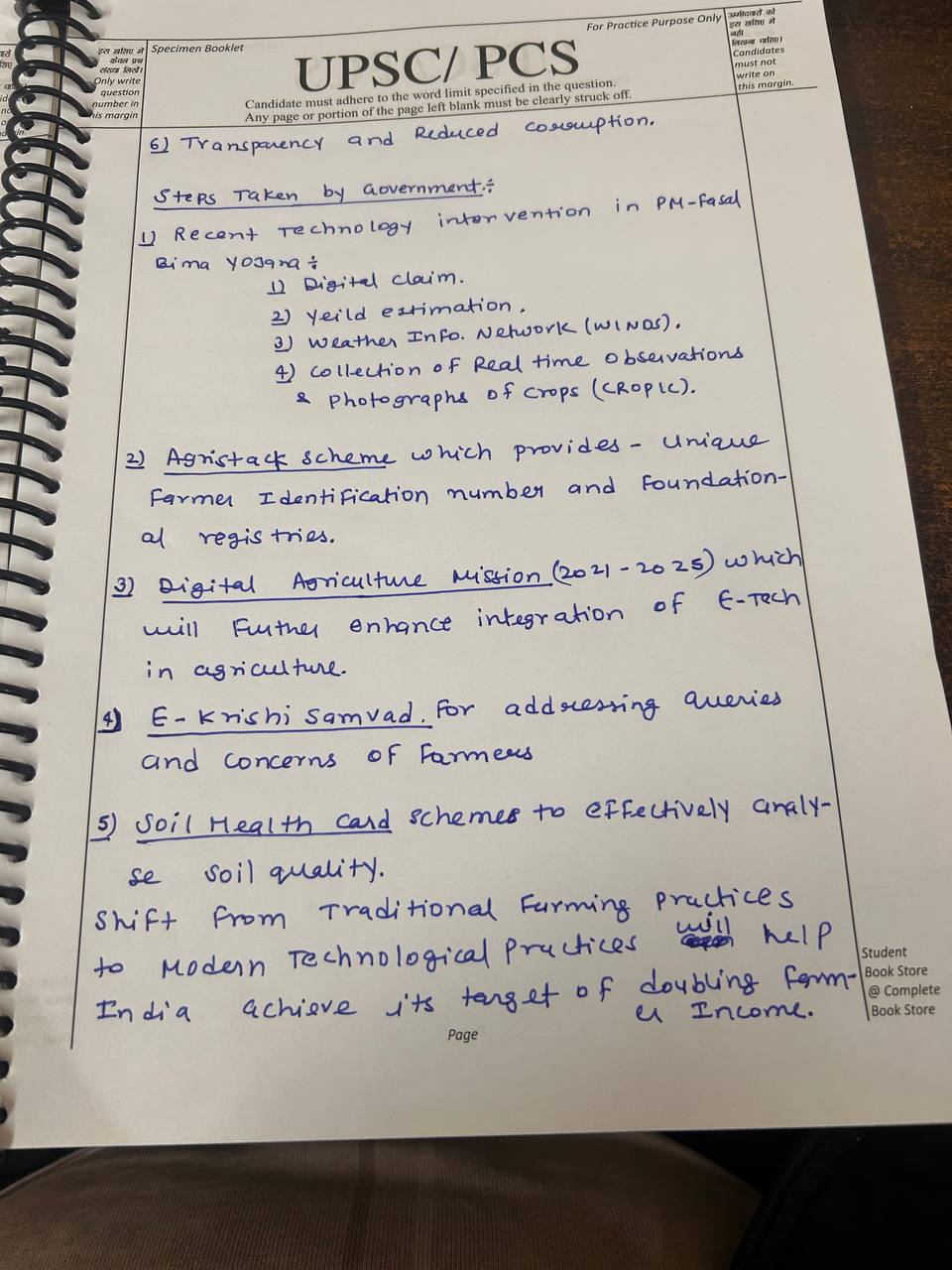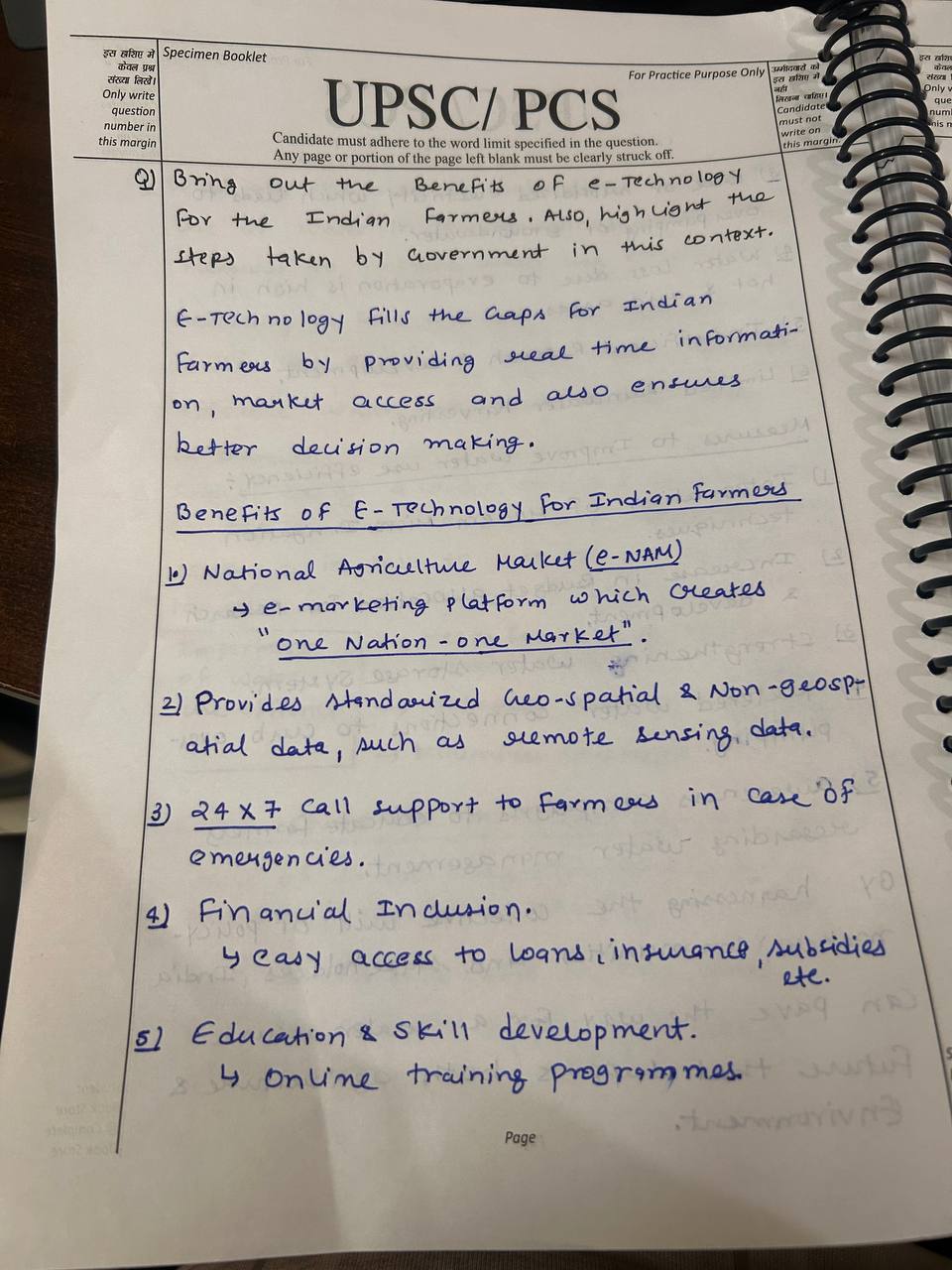Data-driven decision-making and advanced analytics can improve resource allocation in agriculture by: Precision Farming: Utilizing data from sensors, satellites, and weather forecasts to precisely apply water, fertilizers, and pesticides where and when they are needed, optimizing their use based onRead more
Data-driven decision-making and advanced analytics can improve resource allocation in agriculture by:
- Precision Farming: Utilizing data from sensors, satellites, and weather forecasts to precisely apply water, fertilizers, and pesticides where and when they are needed, optimizing their use based on crop requirements and environmental conditions.
- Predictive Models: Developing predictive models using historical data and machine learning to forecast crop growth, pest outbreaks, and soil nutrient levels, enabling proactive adjustments in resource allocation.
- Real-time Monitoring: Implementing real-time monitoring systems to track soil moisture, nutrient levels, and crop health, allowing farmers to make immediate decisions on resource application and irrigation schedules.
- Optimization Algorithms: Employing optimization algorithms to analyze data and recommend optimal combinations of inputs to maximize yield and minimize waste, considering factors like soil characteristics, climate variability, and market demands.
By leveraging these data-driven approaches, farmers can achieve more efficient resource allocation, reduce environmental impact, and enhance overall agricultural productivity sustainably.
See less


Technology has been playing a pivotal role in every sector of Indian Economy. Use of technology has been robust in recent decades and hence agriculture sector is also not left untouched by it. Recent developments in e-technology for Farmers. 1. NAM: National Agriculture Market is a portal launchedRead more
Technology has been playing a pivotal role in every sector of Indian Economy. Use of technology has been robust in recent decades and hence agriculture sector is also not left untouched by it.
Recent developments in e-technology for Farmers.
1. NAM: National Agriculture Market is a portal launched by the Indian Government to create a unified market across the country.
2. Direct Benefit Transfer (DBT) Scheme: Launched by the Central Government, it aims to provide direct cash transfer to the farmer’s bank account.
3. E- Choupal : An initiative by ITC to help farmers regarding the health of seeds and best agricultural practices.
4. The Digital Agriculture Mission: It aims to promote use of Blockchain Technology, Robotics in the agricultural field.
5. Agriculture Technology Management Agency: ATMA model has helped in contribution of diversification of agriculture in some states, is a promising example.
Although Indian agriculture is facing backwardness in the terms of its growth and share, but advancements like Robotics, drone technology and so on hold a promising future for this sector in terms of its growth.
See less